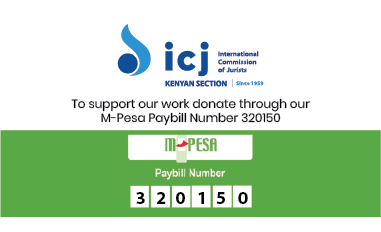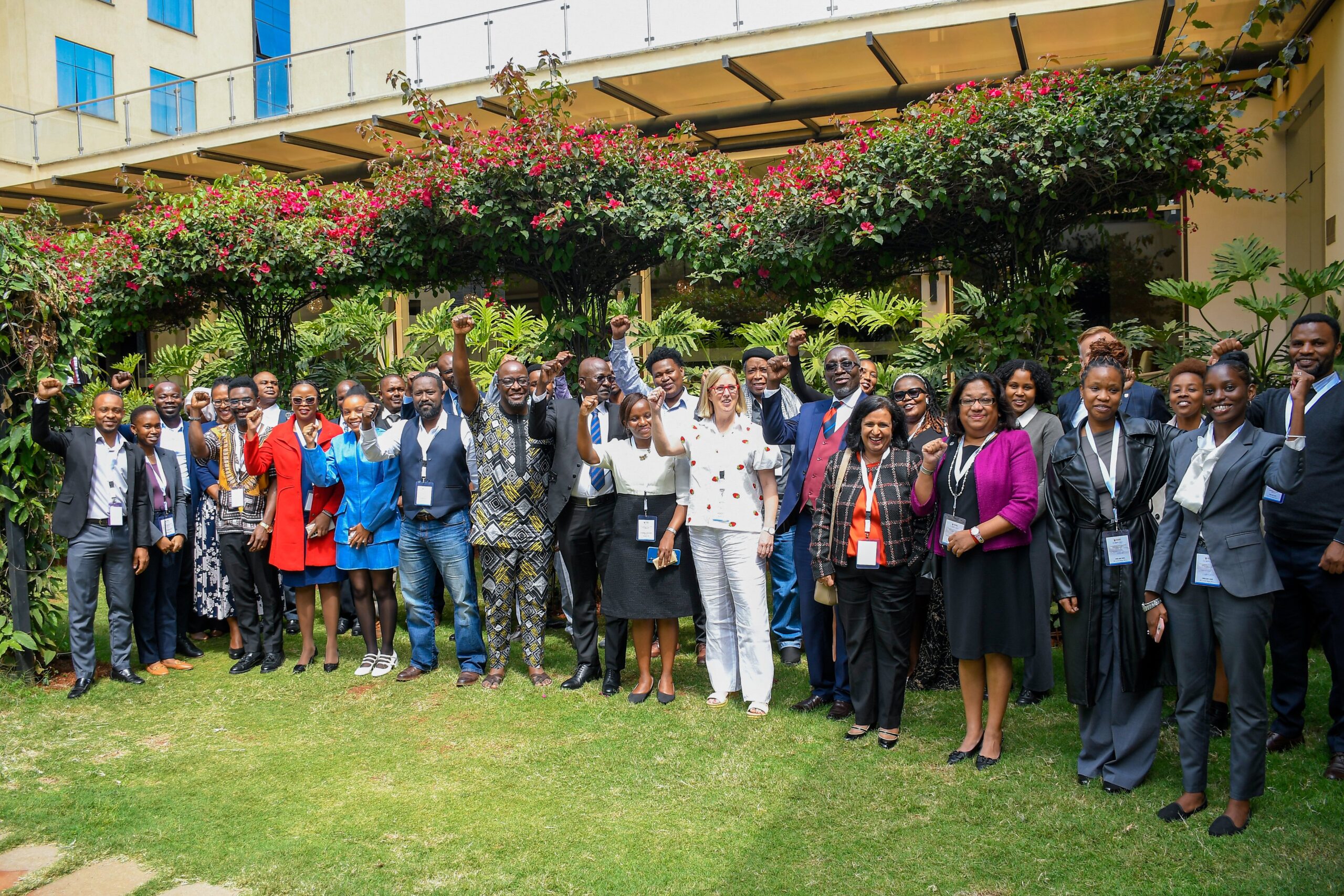
Societies operate on infrastructures: physical, social, and digital. At the intersection of social and digital infrastructures is a set of spaces that host critical conversations about civic, political and social issues. At present, these spaces primarily built and governed by large private companies who maintain them to collect user data and serve advertisements among other uses. Physical, social and digital infrastructures generate externalities, both positive and negative.
Mapping Global Digital Public Infrastructure (DPI): A Human Rights Perspective with Focus on Kenya looks at the digital public infrastructure with a view to mitigate negative externalities. It offers a critical exploration of the intersection between digital transformation and human rights, with a particular emphasis on the Kenyan context. This report evaluates DPI as a cornerstone of modern governance, economic systems, and social interaction, while addressing its human rights implications internationally and locally.
DPI encompasses foundational technological systems that provide broad access to essential digital services, including digital identity platforms, financial systems, and secure data exchange frameworks. These infrastructures promise to accelerate socio-economic transformation, improve service delivery, and foster innovation.
However, their adoption also introduces significant challenges, particularly in contexts with limited governance and regulatory capacity. Globally, the tension between DPI’s transformative potential and its risks—such as privacy violations, inequitable access, and governance gaps—is increasingly evident.
This report uses a human rights framework to analyze these dynamics, offering insights from both global experiences and Kenya’s unique challenges. The report outlines key trends in DPI implementation worldwide, drawing on case studies from nations like Estonia, India, South Korea, Brazil, and the United States.
These countries highlight the diverse approaches to leveraging DPI for societal benefits, as well as the associated risks. Regionally, the African context reveals both innovations and vulnerabilities.
Case studies from Nigeria, South Africa, Tanzania, Ethiopia, and Uganda illustrate how resource constraints and governance issues intersect with DPI deployment. Despite these challenges, there are promising initiatives demonstrating Africa’s potential to harness DPI for inclusive growth.
Kenya is a critical focus of this report, representing both the promise and challenges of DPI in Africa. As a leader in digital innovation, Kenya has implemented initiatives like M-Pesa, eCitizen, and Huduma Namba, which showcase its potential to drive inclusion through DPI. However, these systems have also raised significant concerns regarding equity, accessibility, data privacy, and informed consent.
The report dedicates particular attention to the Worldcoin project initiative in early 2022, which sparked controversy over biometric data collection and governance. This case study underscores the urgent need for robust regulatory frameworks to safeguard human rights while leveraging DPI for development. The deployment of DPI, while fostering connectivity and economic growth, can also exacerbate inequalities and violate fundamental rights if not implemented with a rights-respecting approach.





